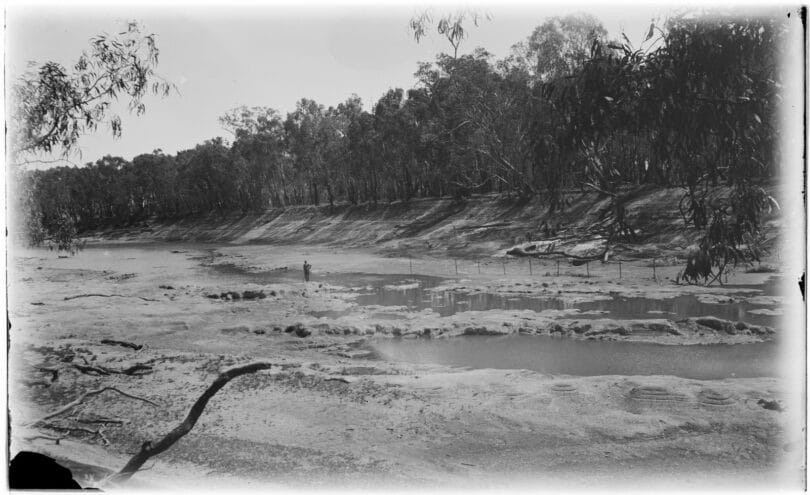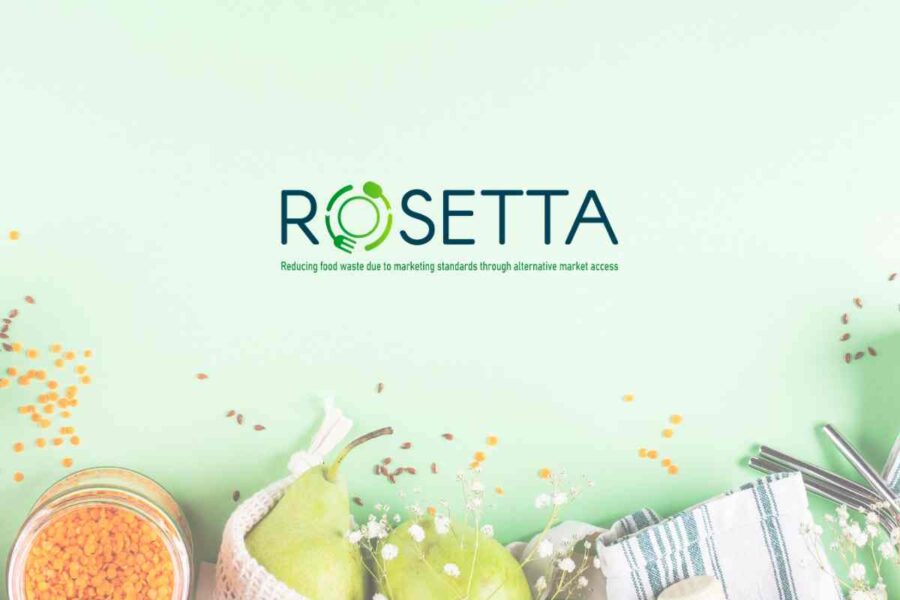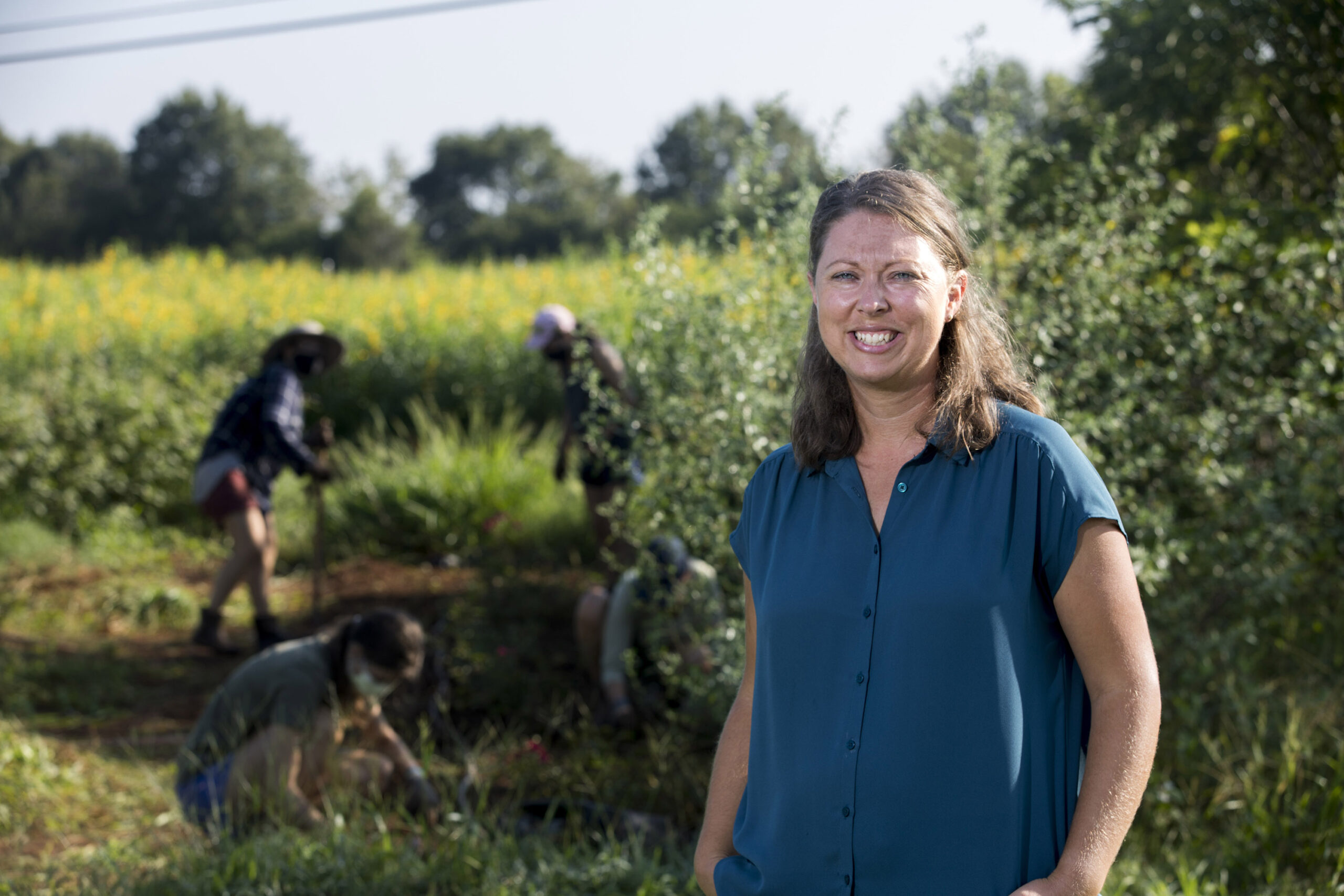Report on Water Quality in Sydney’s Drinking Water Catchment and Implications for Sustainable Development Goals
1.0 Introduction
A recent scientific study has raised significant concerns regarding the quality of treated effluent discharged from Sewage Treatment Plants (STPs) into the Warragamba Dam catchment, the primary water source for over five million residents in Greater Sydney. Research conducted by Associate Professor Ian Wright and Katherine Warrick from the University of Western Sydney indicates that nutrient pollution levels in waterways downstream of several STPs substantially exceed established environmental guidelines. This report analyses the study’s findings, the responses from key stakeholders, and the direct implications for Australia’s commitment to achieving the United Nations Sustainable Development Goals (SDGs), particularly those concerning clean water, health, sustainable cities, and ecosystem protection.
2.0 Research Methodology and Key Findings
The peer-reviewed study, published in the Urban Science Journal, provides a critical assessment of water quality impacted by STP effluent. The findings highlight a significant challenge to maintaining the ecological health of the catchment area.
2.1 Study Design
- Sampling Period: Four separate sampling events were conducted between October 2023 and February 2024.
- Locations: Water samples were collected upstream and downstream of STP outfalls in Goulburn, Lithgow, Mittagong, Bowral, and Moss Vale.
- Relevance: All surveyed STPs discharge into the Warragamba Dam catchment, which is managed by WaterNSW and supplies 90% of Sydney’s water.
2.2 Nutrient Contamination Levels
The study revealed nutrient concentrations that significantly surpassed the benchmark guidelines set by WaterNSW for river health.
- Total Nitrogen (TN):
- The average upstream concentration was 486 micrograms per litre, nearly double the WaterNSW guideline.
- The average downstream concentration was 2,820 micrograms per litre, approximately 10 times the guideline.
- At the Mittagong STP site, levels were recorded at 20 times the catchment guideline.
- Total Phosphorus (TP):
- The average upstream concentration was 41 micrograms per litre, double the guideline.
- The average downstream concentration was 102 micrograms per litre, over four times the guideline.
Dr. Wright noted that this level of nutrient loading creates a high risk of eutrophication, which can lead to harmful algal blooms, including toxic blue-green algae.
3.0 Implications for Sustainable Development Goals (SDGs)
The study’s findings directly challenge the progress towards several key SDGs. The management of wastewater and its impact on freshwater ecosystems is a critical component of the 2030 Agenda for Sustainable Development.
3.1 SDG 6: Clean Water and Sanitation
The elevated nutrient levels are in direct conflict with Target 6.3, which aims to improve ambient water quality by reducing pollution and minimizing the release of hazardous chemicals and materials. The report indicates that current wastewater treatment standards are insufficient to prevent pollution of vital water sources, threatening the long-term security of clean water.
3.2 SDG 11: Sustainable Cities and Communities
The issue is closely linked to Target 11.6, which calls for reducing the adverse per capita environmental impact of cities, particularly concerning municipal waste management. The need for STPs to better manage effluent from a growing population underscores the necessity of investing in sustainable and resilient infrastructure to support urban expansion without compromising environmental health.
3.3 SDG 14 & 15: Life Below Water and Life on Land
Nutrient pollution poses a severe threat to aquatic ecosystems. The findings are relevant to Target 15.1 (ensure the conservation and sustainable use of inland freshwater ecosystems) and Target 14.1 (prevent and significantly reduce marine pollution from land-based activities, including nutrient pollution). The degradation of river health within the catchment can lead to a loss of biodiversity and disrupt essential ecosystem services.
3.4 SDG 3: Good Health and Well-being
While authorities maintain that Sydney’s treated drinking water remains safe, the contamination of the raw water source presents a latent risk. The potential for toxic algal blooms in the catchment relates to Target 3.9, which seeks to substantially reduce illnesses from water pollution and contamination. Proactive management of the catchment is essential to prevent future public health crises.
4.0 Stakeholder Responses and Regulatory Context
4.1 Regulatory Framework and Critique
- NSW EPA: The EPA regulates STP discharge through Environment Protection Licences (EPLs). It stated that the Mittagong STP had not breached its nitrogen discharge limits in the past decade.
- Academic Critique: Dr. Wright contends that the EPLs are not stringent enough, highlighting that the Mittagong STP’s licensed nitrogen limit (10,000 micrograms per litre) is 40 times higher than the WaterNSW catchment health guideline (250 micrograms per litre). This regulatory gap allows for significant environmental degradation while maintaining technical compliance.
- Expert Opinion: Professor Stuart Khan acknowledged the study’s validity but noted that comparing regulatory license limits with ambient catchment guidelines may not be appropriate for compliance purposes, though it is valuable for risk assessment.
4.2 Operator and Manager Responses
- WaterNSW: Asserts that drinking water is safe, utilising advanced monitoring and multi-level offtakes at Warragamba Dam to manage water quality and avoid algae. They stated that no unusual spike in nutrient levels attributable to STPs has been detected.
- Wingecarribee Shire Council: The operator of the Mittagong STP confirmed that improvements to enhance nutrient removal have been implemented and that further reductions are anticipated upon completion of plant upgrades.
5.0 Conclusion and Recommendations
The research demonstrates a critical disconnect between regulatory compliance and the achievement of environmental health objectives aligned with the SDGs. While Sydney’s drinking water is currently safe, the high nutrient loads discharged by STPs represent a significant and growing risk to the ecological integrity of the Warragamba catchment and the long-term sustainability of the water supply.
To align with the commitments of the Sustainable Development Goals, the following actions are recommended:
- Review and Strengthen Regulatory Limits: The NSW EPA should review EPLs for STPs in sensitive catchments to ensure discharge limits are consistent with achieving SDG 6 and protecting ecosystem health (SDG 14, 15).
- Invest in Infrastructure Upgrades: Continued investment in upgrading STPs is crucial to implement advanced nutrient removal technologies capable of servicing growing populations sustainably (SDG 11).
- Enhance Collaborative Governance: Foster stronger partnerships (SDG 17) between government agencies, local councils, and research institutions to ensure policy and practice are informed by the latest science for proactive and holistic catchment management.
Identified Sustainable Development Goals (SDGs)
-
SDG 6: Clean Water and Sanitation
- The article’s central theme is the quality of water in the Warragamba Dam catchment, which supplies drinking water to Sydney. It directly addresses the issue of water pollution from sewage treatment plants (STPs), a core component of SDG 6. The call for “urgent action” to improve the quality of treated effluent and the need for “sewage treatment plants that have the highest possible standard” align perfectly with the goal of ensuring clean water.
-
SDG 11: Sustainable Cities and Communities
- The problem is explicitly linked to urbanization and population growth. The article states the need to “better manage the effluent created by a growing population” and notes that the catchment supplies water to “more than 5 million Greater Sydney residents.” The discussion about STPs, such as the one at Mittagong, operating beyond their design capacity highlights the challenge of managing municipal waste and infrastructure in a sustainable urban environment.
-
SDG 3: Good Health and Well-being
- Although the article confirms that Sydney’s drinking water is currently safe, it raises significant health concerns. Dr. Wright warns that high nutrient levels can lead to “blue-green algae blooms in particular … which can be toxic.” This potential for toxic contamination of a major water source is a direct threat to public health. The mention of “forever chemicals” also points to the health risks associated with water pollution.
-
SDG 15: Life on Land
- This goal includes the protection of freshwater ecosystems. The article details how pollution from STPs is degrading the water quality within the Warragamba catchment, a vital inland freshwater ecosystem. The impact on biodiversity is highlighted by the fact that the study was prompted by the “discovery of forever chemicals in the liver of a deceased platypus in the Wingecarribee River,” demonstrating a direct threat to life in these waters.
Specific SDG Targets
-
Target 6.3: By 2030, improve water quality by reducing pollution, eliminating dumping and minimizing release of hazardous chemicals and materials, halving the proportion of untreated wastewater and substantially increasing recycling and safe reuse globally.
- This target is the most relevant. The entire study focuses on measuring and reducing pollution (total nitrogen and phosphorus) from STPs. The plea to tighten allowable nutrient levels and upgrade treatment plants is a direct effort to improve water quality by reducing the release of pollutants from wastewater.
-
Target 11.6: By 2030, reduce the adverse per capita environmental impact of cities, including by paying special attention to air quality and municipal and other waste management.
- The article connects the pollution to the pressures of a large, growing city. The inadequacy of the STPs, with one noted as having “exceeded its design capacity,” is a clear example of a city’s waste management system failing to cope, leading to adverse environmental impacts on its water catchment.
-
Target 3.9: By 2030, substantially reduce the number of deaths and illnesses from hazardous chemicals and air, water and soil pollution and contamination.
- The concern about “toxic” blue-green algae blooms, which are a direct result of the nutrient pollution discussed, aligns with this target. These blooms can cause severe illness, and preventing them by controlling pollution is a key strategy for protecting public health from water contamination.
-
Target 15.1: By 2020, ensure the conservation, restoration and sustainable use of terrestrial and inland freshwater ecosystems and their services…
- The article serves as a call to action to conserve the Warragamba catchment ecosystem. The high levels of pollutants are shown to be degrading this freshwater environment, threatening its health and the wildlife within it, as evidenced by the case of the platypus.
Indicators for Measuring Progress
-
Indicator 6.3.2: Proportion of bodies of water with good ambient water quality.
- The article provides explicit, quantitative data that can be used as indicators of poor water quality. These include:
- The concentration of total nitrogen downstream from STPs, which at an average of 2,820 micrograms per litre, is “about 10 times the guideline.”
- The concentration of total phosphorus downstream, which at an average of 102 micrograms per litre, is more than double the upstream level and significantly exceeds guidelines.
- The comparison of the Mittagong STP’s licensed nitrogen discharge limit (10,000 micrograms per litre) with the WaterNSW catchment guideline (250 micrograms per litre) serves as a regulatory indicator of the potential for pollution.
- The article provides explicit, quantitative data that can be used as indicators of poor water quality. These include:
-
Indicator 6.3.1: Proportion of domestic and industrial wastewater flows safely treated.
- The article implies that while wastewater is being treated, it is not being treated “safely” or to a high enough standard to protect the environment. Dr. Wright’s criticism that the EPA’s permitted concentrations are “ridiculously high” and his call for the “highest possible standard” of treatment suggest that the current level of treatment is inadequate. The proportion of wastewater treated to a standard that prevents ecological harm is therefore a key implied indicator.
-
Implied Indicator for Target 11.6: Adequacy of municipal waste treatment capacity.
- The article states that the Mittagong STP “has exceeded its design capacity over the past two years.” This serves as a direct indicator that urban infrastructure is not keeping pace with population growth, leading to increased environmental pressure.
SDGs, Targets and Indicators Table
| SDGs | Targets | Indicators |
|---|---|---|
| SDG 6: Clean Water and Sanitation | Target 6.3: Improve water quality by reducing pollution and minimizing the release of hazardous materials from wastewater. |
|
| SDG 11: Sustainable Cities and Communities | Target 11.6: Reduce the adverse per capita environmental impact of cities, paying special attention to municipal and other waste management. |
|
| SDG 3: Good Health and Well-being | Target 3.9: Substantially reduce illnesses from water pollution and contamination. |
|
| SDG 15: Life on Land | Target 15.1: Ensure the conservation and sustainable use of inland freshwater ecosystems. |
|
Source: abc.net.au







